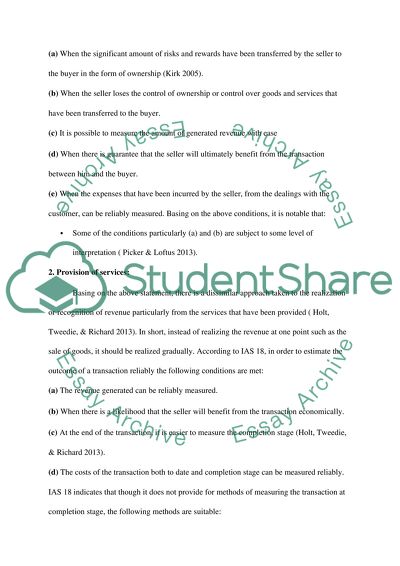Cite this document
(“IAS 18 Assignment Example | Topics and Well Written Essays - 2000 words - 1”, n.d.)
IAS 18 Assignment Example | Topics and Well Written Essays - 2000 words - 1. Retrieved from https://studentshare.org/finance-accounting/1663267-ias-18
IAS 18 Assignment Example | Topics and Well Written Essays - 2000 words - 1. Retrieved from https://studentshare.org/finance-accounting/1663267-ias-18
(IAS 18 Assignment Example | Topics and Well Written Essays - 2000 Words - 1)
IAS 18 Assignment Example | Topics and Well Written Essays - 2000 Words - 1. https://studentshare.org/finance-accounting/1663267-ias-18.
IAS 18 Assignment Example | Topics and Well Written Essays - 2000 Words - 1. https://studentshare.org/finance-accounting/1663267-ias-18.
“IAS 18 Assignment Example | Topics and Well Written Essays - 2000 Words - 1”, n.d. https://studentshare.org/finance-accounting/1663267-ias-18.


